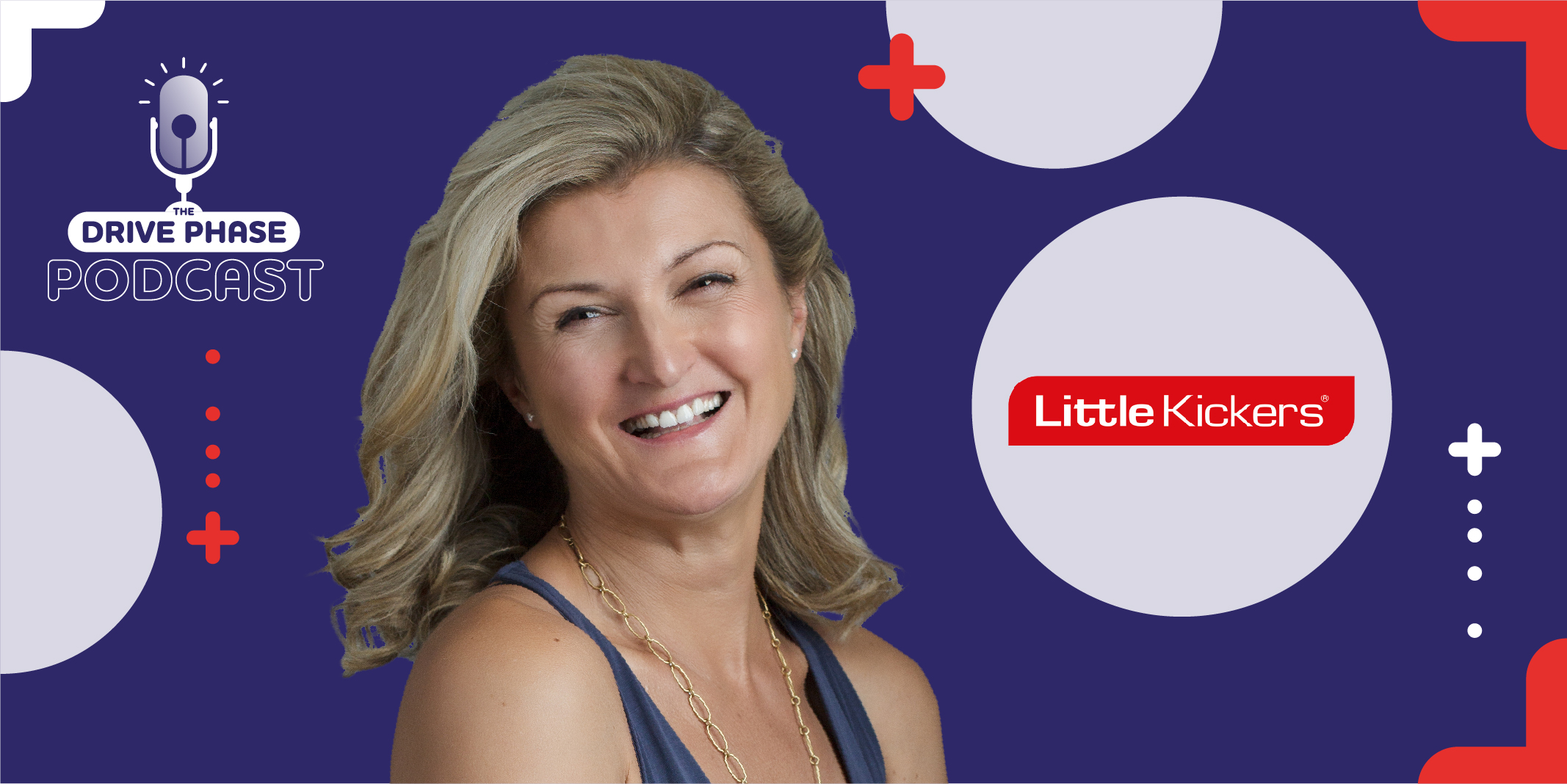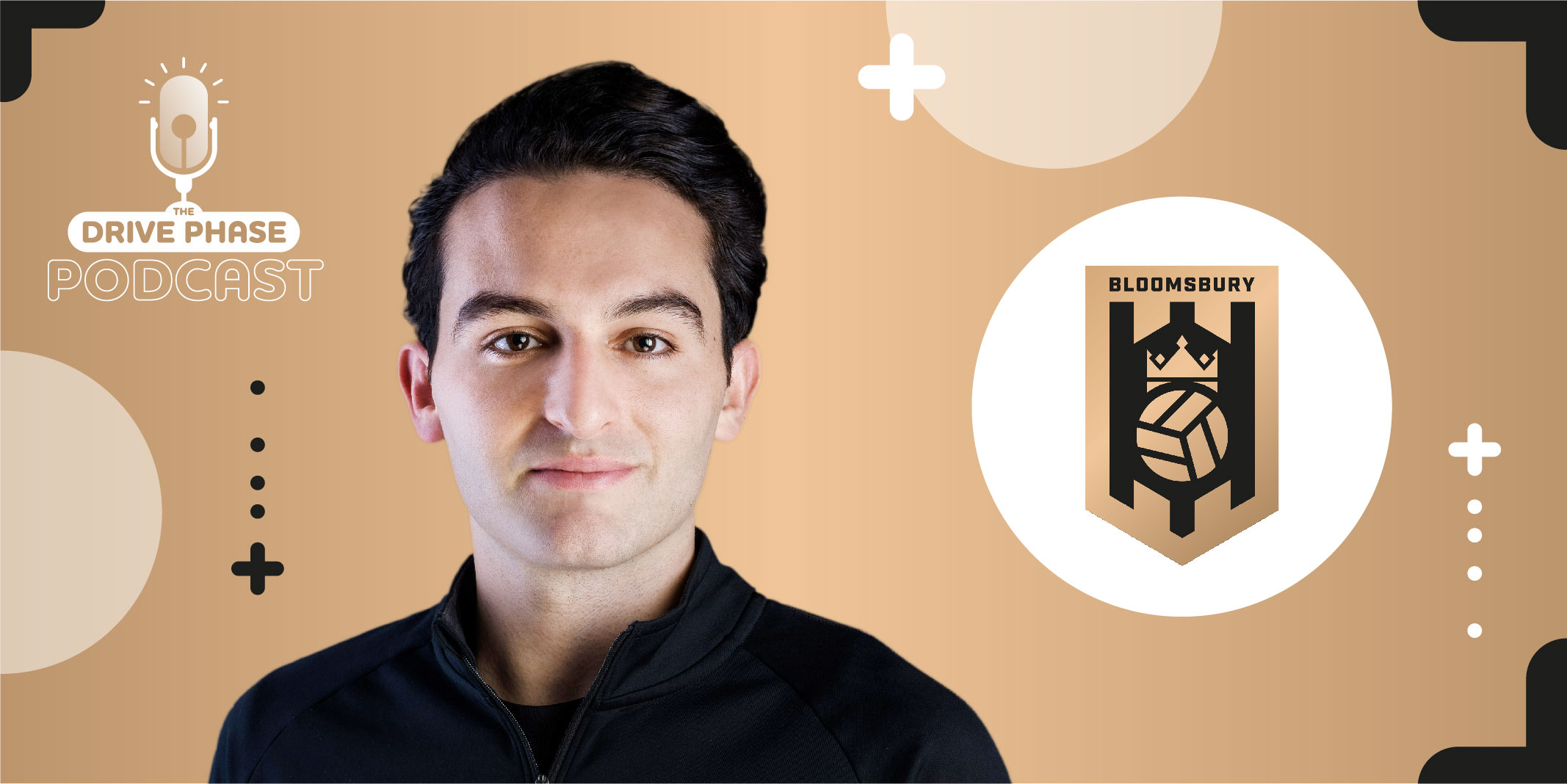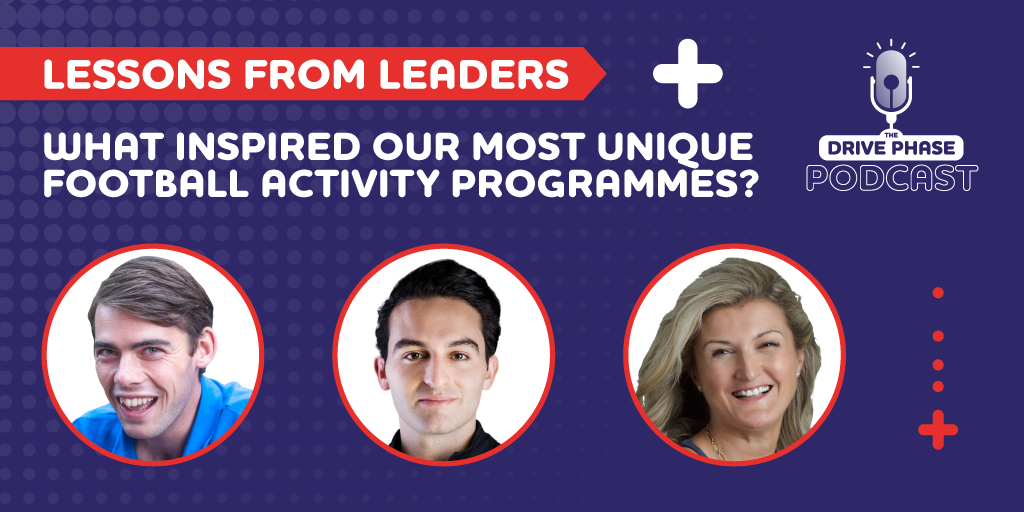In the crowded world of sports programs, standing out from the competition is crucial for success. If you’re running a youth soccer academy, finding your unique selling point (USP) can be the key to attracting and retaining customers.
But how do you identify what sets your program apart? Here’s a guide to help you discover and leverage your USP to build a thriving sports program, with some great examples from some of the best guests on The Drive Phase podcast
1. Understand your target audience
The first step in finding your USP is understanding who your customers are. Conduct thorough research to identify the demographics, preferences, and pain points of your target audience. Are they young athletes looking to improve their skills? Busy professionals seeking a quick and effective workout? Know your customers.

By knowing your audience, you can tailor your program to meet their specific needs, which is essential for distinguishing your offering from the competition. When Christine Kelly, the Founder of Little Kickers, was tasked with finding a club for her two-year-old son, she had an idea. She would create a space for working parents like herself to cater to other football-crazy kids who needed a better work-life balance.
2. Identify your strengths
Take an honest look at your program’s strengths. What do you do exceptionally well? Perhaps you have experienced coaches with professional backgrounds, state-of-the-art facilities, or a unique training methodology. Maybe your program emphasizes personal development and community involvement or offers flexible scheduling.
List these strengths and consider how they align with your audience’s needs. The intersection of your program’s strengths and what your customers value is where your USP will likely emerge. Charlie Hyman knew this when he developed Bloomsbury Football.
A combination of charitable giving, sponsorships and redirecting revenue, they provide programs so that both high-income and low-income children would have the opportunity for high-calibre training.
3. Analyze the competition
Understanding what your competitors are offering is crucial for differentiation. Analyze other sports programs in your area to see what they’re doing well and where they might be falling short. Look for gaps in the market that your program could fill.
For example, if most local soccer programs focus on competitive leagues but none offer specialized training for goalkeepers, you could position your program as the go-to place for aspiring goalies. Differentiation is the key to creating a compelling USP.

Charlie Hyman, like most young boys, loved football. After University, he wanted to make a change in football coaching because he believed the kids deserved better:
“I recognized two things when I worked at Fulham. First, the quality was pretty poor. Unqualified coaches, flat footballs, poor pitches, and poorly organized clubs were the norm in grassroots football. And the second was that the kids were being priced out of regular sport. I saw some of this in Nottingham, but it was much more prevalent in London.”
4. Create a clear and compelling message
Once you’ve identified your USP, it’s time to craft a clear and compelling message that communicates it to your potential customers. This message should be simple and memorable and highlight the benefits your program offers.
For instance, Little Kickers developed a badge scheme that helped them educate the market on football training. In the most advanced markets, such as the UK, Canada, and Australia, the need for this sort of class was a given. For markets in India and China, a badge system for 18 months through to 7 years old showed them the value of football skills for toddlers.
5. Leverage testimonials and success stories
Nothing is more convincing than hearing from satisfied customers. Collect testimonials and success stories that highlight your USP in action. If your program’s unique approach has helped athletes achieve their goals or provided an exceptional experience, share these stories on your website, social media, and promotional materials.
Testimonials provide social proof and can be a powerful tool in convincing potential customers to choose your program over others. It could even be part of your origin story. The Brazilian Soccer School was inspired by Brazilian football player Juininho when the founder discovered the smaller weighted ball commonly used in Brazil. This method encouraged multiple-touch football games and activities for play in smaller spaces.
6. Continuously innovate and adapt
A USP isn’t something you identify once and forget about. The sports industry is dynamic, with evolving trends and changing customer expectations. Continuously seek feedback from your participants, stay updated on industry developments, and be willing to adapt your program as needed.
Innovation can help you stay ahead of the competition and keep your USP relevant. Whether incorporating new training techniques, expanding your services, or enhancing the customer experience, staying proactive is key to maintaining your edge.
7. Promote your USP across all channels
Once you’ve defined your USP, ensure it’s consistently promoted across all marketing channels. Your website, social media profiles, email newsletters, and advertising campaigns should all reflect the unique value you offer. Consistency is crucial in reinforcing your brand identity and making your program stand out.

Managing Director of Brazillian Soccer Schools, Fred Lowe, runs two distinct brands: Socatots and Brazilian Soccer Schools. Both still operate under founder Simon Clifford’s original syllabus. Socatots focuses on children as young as six months, establishing a basis for balance, coordination, colours and numbers.
In small dynamic spaces, they weren’t focusing on positions and technique as much as building a passion for the game. And very little has changed since Clifford brought back and built the Brazilian Soccer Schools method. This is what makes Brazilian Soccer Schools so unique.
Conclusion
Finding your sports program’s unique selling point is essential to standing out in a competitive market. By understanding your audience, identifying your strengths, analyzing the competition, and creating a compelling message, you can craft a USP that attracts and retains customers. Remember to continuously innovate and promote your USP across all channels to build a strong, recognizable brand.
To hear more about these football activity programmes, check out The Drive Phase podcast! Host James Moore sits down with the movers and the shakers of the sector to find out just how transformative the industry is. Listen and subscribe anywhere you get your podcasts.









